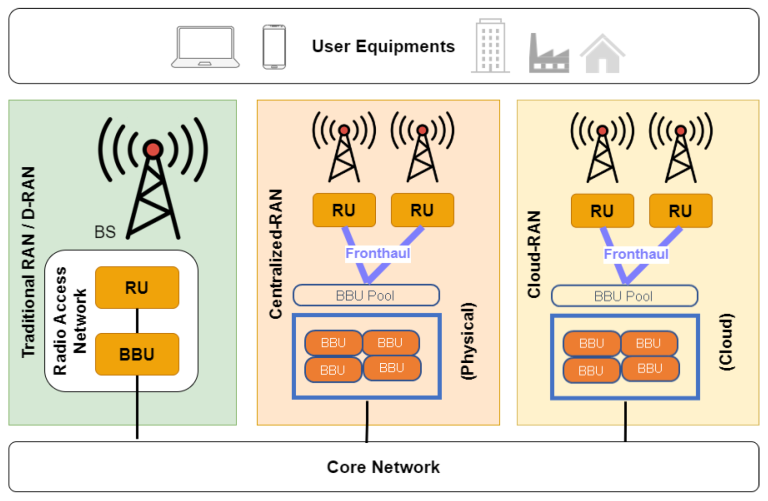5G NR Channel Coding Techniques: Polar Codes and LDPC Explained
telcomatraining.com – In the era of 5G, achieving ultra-reliable and high-speed wireless communication is a top priority. To make this possible, advanced channel coding techniques have been integrated into the 5G New Radio (NR) standard. Two of the most critical coding schemes used in 5G NR are Polar Codes and Low-Density Parity-Check (LDPC) Codes. These methods are designed to improve error correction, ensuring that data is transmitted efficiently and accurately over potentially noisy channels.
What Is Channel Coding?
Channel coding is a technique used in digital communication systems to detect and correct errors that may occur during data transmission. In wireless systems, signals can degrade due to interference, noise, or fading. Channel coding adds redundancy to the original information, enabling the receiver to reconstruct the original data even if some bits are received incorrectly. In the context of 5G NR, choosing the right channel coding scheme is crucial for meeting the standard’s performance goals, such as low latency and high reliability.
Polar Codes: Innovation for Control Channels
Polar codes are a relatively new class of error-correcting codes introduced by Erdal Arıkan in 2008. They became a significant part of the 5G NR standard, particularly for control channels. These channels are responsible for essential signaling tasks like scheduling and system information.
Polar codes are based on the concept of “channel polarization,” where a set of communication channels are transformed into either extremely reliable or completely unreliable channels. Information is sent only through the reliable channels, while the unreliable ones are used to carry known, “frozen” bits.
Advantages of Polar Codes:
- Low complexity: Efficient encoding and decoding algorithms.
- Excellent performance: Particularly effective at short block lengths, which are typical in control information.
- Standardized for 5G NR: Chosen specifically for the physical downlink and uplink control channels.
Despite their benefits, Polar codes are not ideal for large data payloads, which is where LDPC codes come into play.
LDPC Codes: Powering Data Channels
LDPC (Low-Density Parity-Check) codes were originally invented in the 1960s but were later rediscovered and refined due to their impressive performance. In 5G NR, LDPC codes are used for data channels, including both uplink and downlink shared channels.
LDPC codes are characterized by a sparse parity-check matrix, which allows for efficient iterative decoding. These codes offer near-capacity performance, making them suitable for the massive data throughput demands of 5G networks.
Key Benefits of LDPC Codes:
- High throughput: Ideal for handling large amounts of data.
- Scalability: Flexible code length and rate configurations.
- Robust performance: Extremely reliable even in harsh transmission environments.
LDPC decoding is more computationally intensive compared to Polar codes, but the trade-off is justified by their exceptional error-correction capability in large data blocks.
Why 5G NR Uses Both
Rather than choosing one universal coding technique, the 3GPP standard selected a dual-code approach to optimize performance for different types of transmissions. Polar codes handle short, critical control messages with minimal latency, while LDPC codes ensure robust and high-efficiency data transmission across user channels.
This hybrid solution enables 5G NR to meet diverse requirements, from low-latency applications like autonomous driving to high-throughput needs such as 4K video streaming.
Conclusion
The integration of Polar Codes and LDPC Codes into 5G NR is a clear example of how modern communication standards blend innovation with practicality. Each technique brings unique strengths to the table, addressing specific channel conditions and transmission needs. By using the right coding strategy for the right purpose, 5G networks can deliver on their promises of speed, reliability, and scalability.







